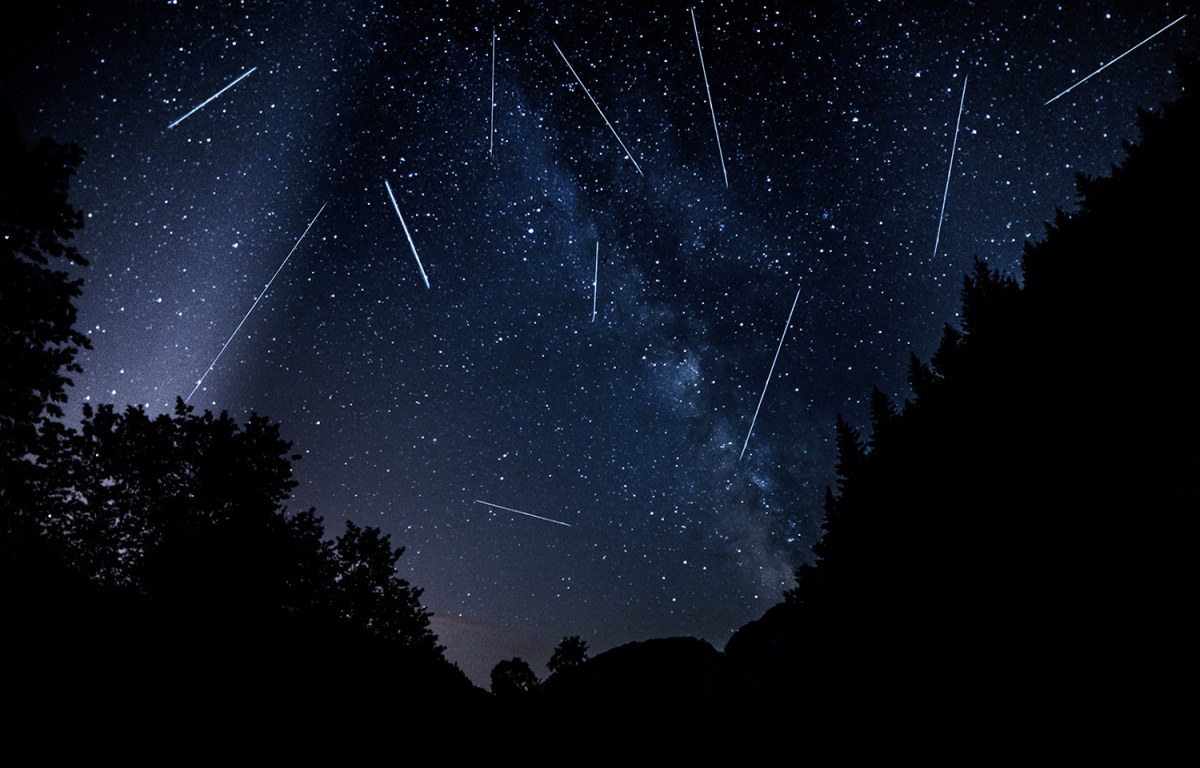Unlike Other Meteor Showers, the Arietids Peak During Daylight Hours
Skygazers are in for a celestial treat as the daytime Arietids meteor shower is set to reach its annual peak this Friday.
Unlike other meteor showers that peak after nightfall, the Arietids reach maximum intensity during the daytime.
"It's one of the strongest meteor showers, but since it peaks during the daytime around June 7, the bright sunlight makes viewing most meteors difficult," said Sarath Raj, Project Director at Amity Dubai Satellite Ground Station and AmiSat, Amity University Dubai. "The Arietids originate from a point in the constellation Aries, but because it's a daytime shower, the radiant sits very close to the sun in the sky," he added.
Relatively Low Speed
Raj explained that the Arietids could reach a Zenithal Hourly Rate (ZHR) of 60-200 meteors per hour at its peak. "However, observing these due to the daytime radiant is difficult. The dust particles responsible for the Arietids shower are believed to come from Comet 96P/Machholz. As the comet orbits the sun, it leaves behind a trail of dust. When Earth passes through this trail, the dust particles collide with our atmosphere and burn up, creating the meteors we see as the shower," he added.
He also noted that the Arietid meteors are known for their relatively slow speed, entering Earth's atmosphere at around 21 km per second, compared to the average of 59 km per second for most showers. "The dust stream that causes the Arietids shower is thought to be quite clumpy, leading to variations in the shower's intensity from year to year," he added.
When Does the Meteor Shower Peak?
Experts highlighted a chance to view some meteors this week during the final dark hour right before dawn, even though most of this meteor shower will be undetectable to us. Generally, meteor showers are easy to locate as long as the view is clear without any obstruction.
"Unfortunately, catching the Arietids shower in Dubai will be challenging due to its daytime peak. However, there's a slight chance of spotting some meteors around dawn at 3 am on June 7 if we have a clear eastern sky with minimal light pollution," said Raj.
Planetary Parade
There is another opportunity next month for those who missed the planetary parade on June 3. Known as the Parade of Planets 2024, six planets – Mercury, Mars, Jupiter, Saturn, Uranus, and Neptune – are set to align again.
According to a Today.com report, the next planetary alignment is scheduled for August 28 and will involve the same six planets.
"Throughout June, these planets will be visible. However, the best chance of seeing these planets in the pre-dawn sky is roughly an hour before sunrise at around 4:30 am," said Shiras Ahmad Awan, General Manager of Dubai Astronomy Group.
#uaenews #meteors #space #uaetourism



